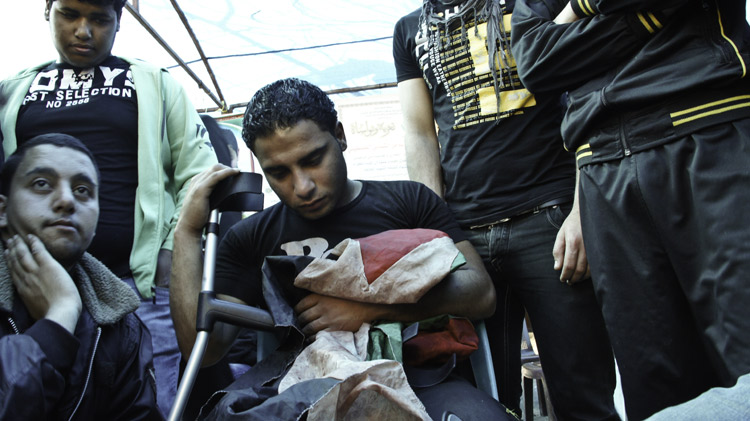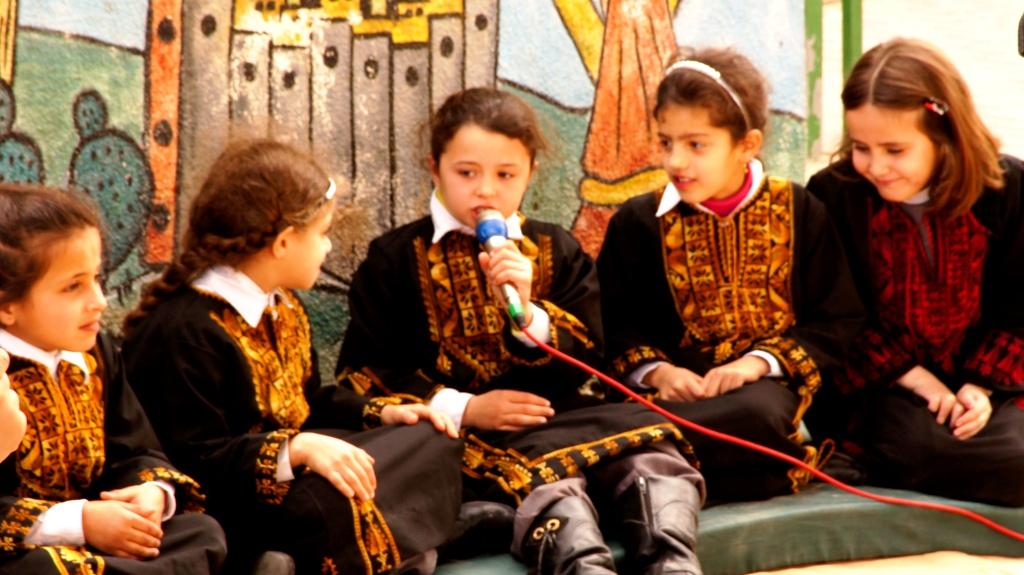Category: Journals
-
Neither threats nor murders will stop our demonstrations
by Nathan Stuckey 4 April 2012 | International Solidarity Movement, Gaza Over the weekend Israeli planes dropped flyers over Beit Hanoun and Beit Lahia warning that anyone who approached within three hundred meters of the border would be shot. It is not as though the people don’t know of this policy. As the following conversation…
-
They shoot the youth don’t they?
by Johnny Bravo 4 April 2012 | International Solidarity Movement, Gaza On March 30, 1976, the Palestinian people declared a general strike and demonstrated against the Israeli confiscation of thousands of acres of land in the Galilee. The Israeli’s responded with violence, killing six unarmed Palestinian demonstrators and injuring hundreds. Every year Land Day is…
-
Land Day commemoration in Al Huda School, Khan Yunis
by Nathan Stuckey 1 April 2012 | International Solidarity Movement, Gaza Al Huda School is a small, private primary school in Khan Yunis. It serves about 400 students, a quarter of them orphans. The school isn’t in the center of town, it is more out in the countryside. You look out the windows over fields…


